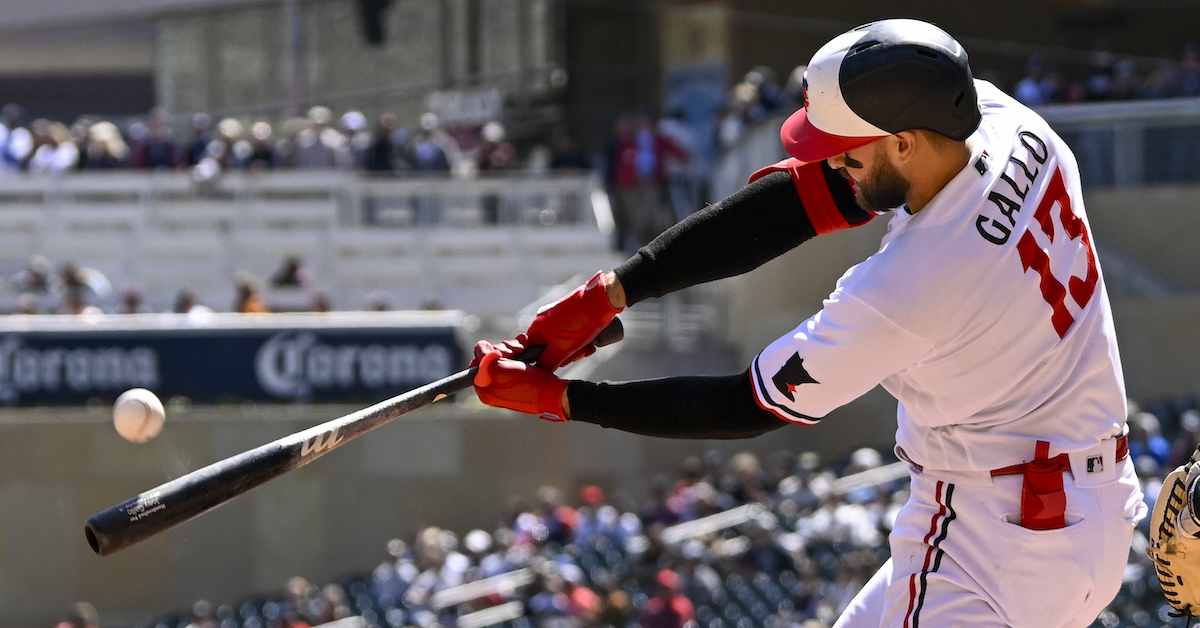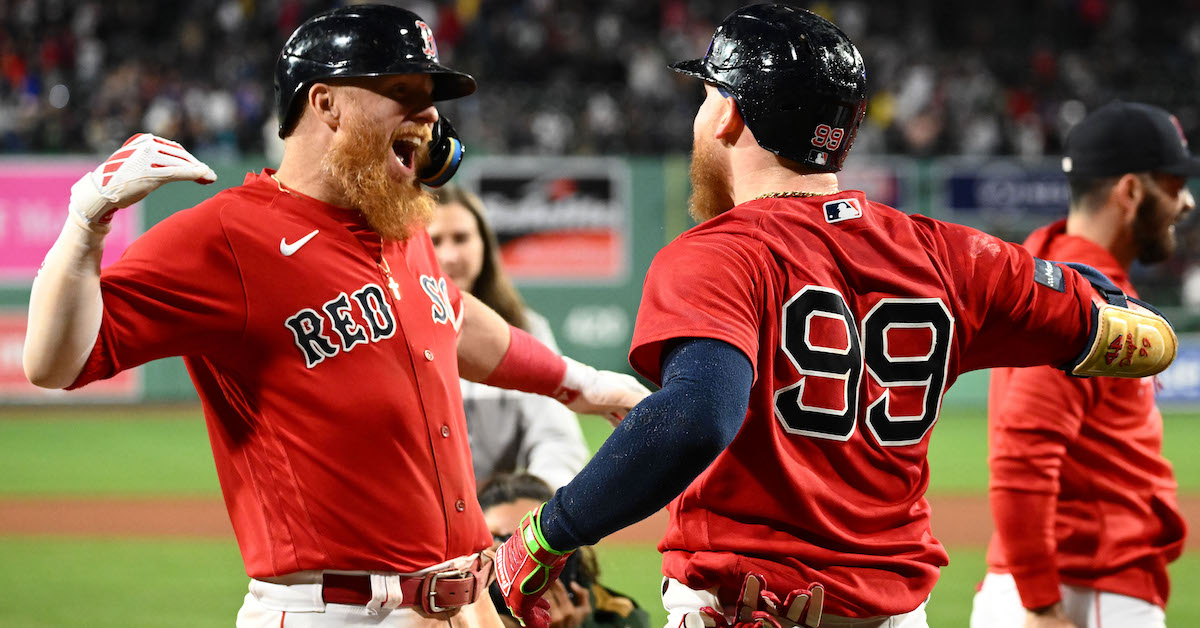Alek Manoah Is Falling Apart at the Seams

The 2023 season isn’t off to the best start for last year’s AL Cy Young finalists. Reigning winner Justin Verlander missed the first five weeks with a shoulder strain and now faces the unenviable task of rescuing an ailing Mets rotation. Runner-up Dylan Cease has had his moments but an equal number of surprisingly poor outings. Finally, third-place finisher Alek Manoah is struggling most of all. His ERA has doubled, his WAR is in the negatives, and his 1.28 K/BB ranks last among qualified major league pitchers.
Manoah’s slow start has been difficult to watch. Last season, at just 24 years old, he established himself as the ace of the Blue Jays’ staff, securing his first All-Star selection and earning the nod for Game One of the Wild Card Series. Six months later, he was awarded the Opening Day start, making him the youngest Opening Day starter in the American League. The analytics crowd (myself included) might have argued Kevin Gausman was the true no. 1 in Toronto, but the Blue Jays clearly chose Manoah, and it wasn’t hard to understand why: Read the rest of this entry »








